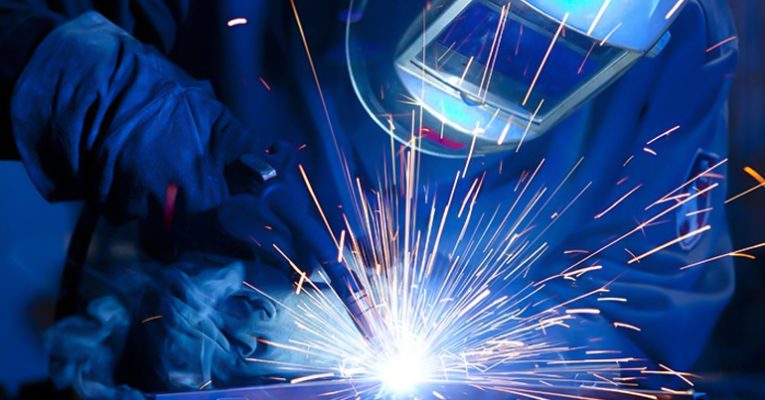
Welding
Welding is a permanent joining process that involves heating metals until they fuse and creating a continuous joint between them using a filler material or without it.
Methods used
- Arc welding: This is one of the most common methods, in which an electric arc is created between the electrode and the workpiece, causing the metal to heat up and melt. Arc welding can be performed by different processes, such as TIG (Tungsten Inert Gas), MIG (Metal Inert Gas) and coated electrode.
- Oxyacetylene welding: This method uses an oxyacetylene flame to heat and melt the metals to be joined. It is commonly used for welding on mild steel and stainless steel.
- Induction welding: This method uses an oxyacetylene flame to heat and melt the metals to be joined. It is commonly used for welding on mild steel and stainless steel.
- Resistance welding: This method involves passing electric current through the pieces of metal to be joined, generating heat through the electrical resistance. Once the fusion temperature is reached, the pieces are pressed together to form the weld.
- Laser welding: Once the machine is set up correctly, the material is bent using the press brake. The piece is gradually bent according to the desired profile.
- Quality control: This is a high-precision welding process that uses a laser beam to heat and melt metals. It is particularly suitable for welding thin materials and for applications requiring high precision.
